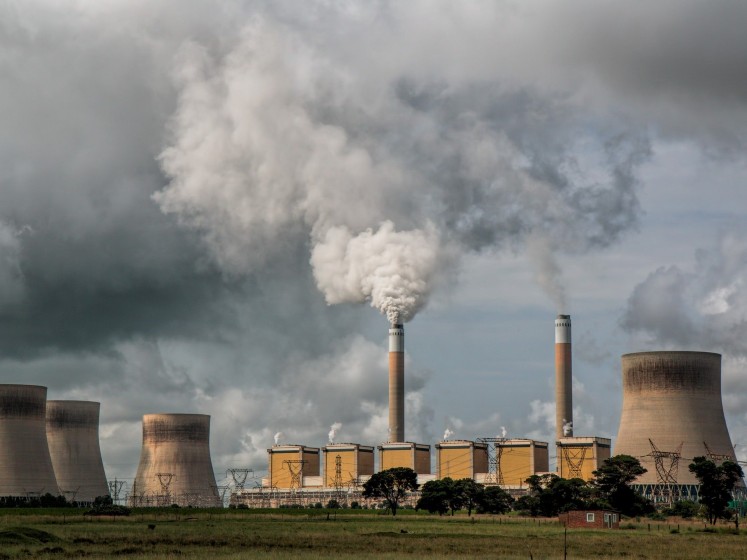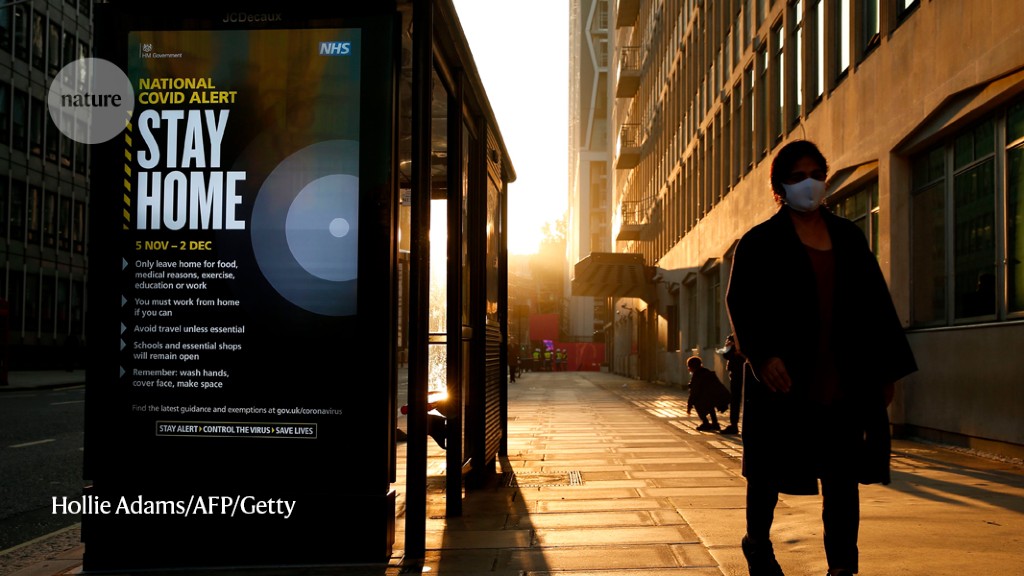[ad_1]
According to a broader scientific consensus, the western part of the United States will have less water and the northeastern United States will have more due to climate change.
However, how much less and how much more is mostly uncertain, posing a critical difficulty for researchers, policy makers and officials charged with securing the nation’s water supply.
Flavio Lehner, assistant professor of earth and atmospheric sciences, is looking for ways to reduce this uncertainty, by improving the climate models on which future water projections are based. Lehner received a three-year grant of $ 500,000 from the National Oceanic and Atmospheric Administration (NOAA) to conduct the study, starting this fall.
According to Dan Barrie, program manager in the NOAA Climate Program Office, Lehner’s study will improve NOAA’s climate models and allow the agency to make better short-term predictions of floods and droughts and improve long-term predictions of how surface water systems will develop in the 21st century.
The United States is undergoing profound changes in its regional water resources. It is more urgent than ever to have the best modeling tools to provide a vision for these future changes so that we can take cost-effective action now to mitigate and adapt to them..
Dan Barrie, Program Manager, National Oceanic and Atmospheric Administration Climate Program Office
Lehner’s study, which will improve climate modeling around the world, depends on similar research he started in the Colorado River. Current estimates predict that for every degree Celsius of global warming, the Colorado River will lose between 3 and 15% of its flow.
Lehner compared variations in climate models to divergences in human responses to COVID-19 – assessing whether an individual has COVID-19 is relatively straightforward, but anticipating how much the virus will make each person sick is much more difficult. He said a similar principle comes into play in climate modeling.
For example, for the Colorado River, all numbers point in the same direction – in a warmer climate, there will be less water. But the great uncertainty is how much less.
Flavio Lehner, Assistant Professor of Earth and Atmospheric Sciences, Cornell University
To test the sensitivity of climate models, Lehner’s group is analyzing seven decades of temperature, precipitation, and flow data to assess how well existing models would have anticipated what happened.
Lehner said: “The most important question for us is: how sensitive are these models to changing environmental factors?, like temperature changes and atmospheric greenhouse gases? And is their sensitivity consistent with what we see in reality?
The models used by Lehner and his collaborators are very complex and ultimately more useful because they consider several interacting systems. Instead of simply quantifying groundwater or rainwater, Lehner analyzes how terrestrial, atmospheric and hydrological systems interact, in the existence of increasing temperatures and atmospheric greenhouse gases.
For example, today there is 40% more carbon dioxide in the air than there was 10 decades ago, and the earth is 1 ° C warmer. Additionally, if precipitation remained neutral, these variations would cause plants to change their behavior – using more groundwater to prevent drying out and leaving less to become stream runoff available to humans. . However, more complexity comes with more uncertainty.
We already have considerable uncertainty because we do not‘I don’t know how much precipitation will change, but if you go further and say, how does runoff or flow change? The uncertainty grows even greater.
Flavio Lehner, Assistant Professor of Earth and Atmospheric Sciences, Cornell University
According to Barrie, there was a tremendous expansion of modern climate modeling in the 1980s, which offered useful and accurate data to help researchers and policymakers plan and adapt. Since 1980, the United States has suffered an average of 7.1 major weather or climate disasters per year, each amounting to losses of over $ 1 billion. However, according to NOAA, over the past five years, the annual average for major disasters has risen to 16.2.
Barrie said: “Improving climate models is a step in ensuring that equitable adaptation efforts can be implemented to minimize net negative impacts on people and the economy. The cost of investments like Dr.. Lehner‘s research project is derisory compared to the magnitude of the potential benefits. “
Source: https://www.cornell.edu/
[ad_2]




